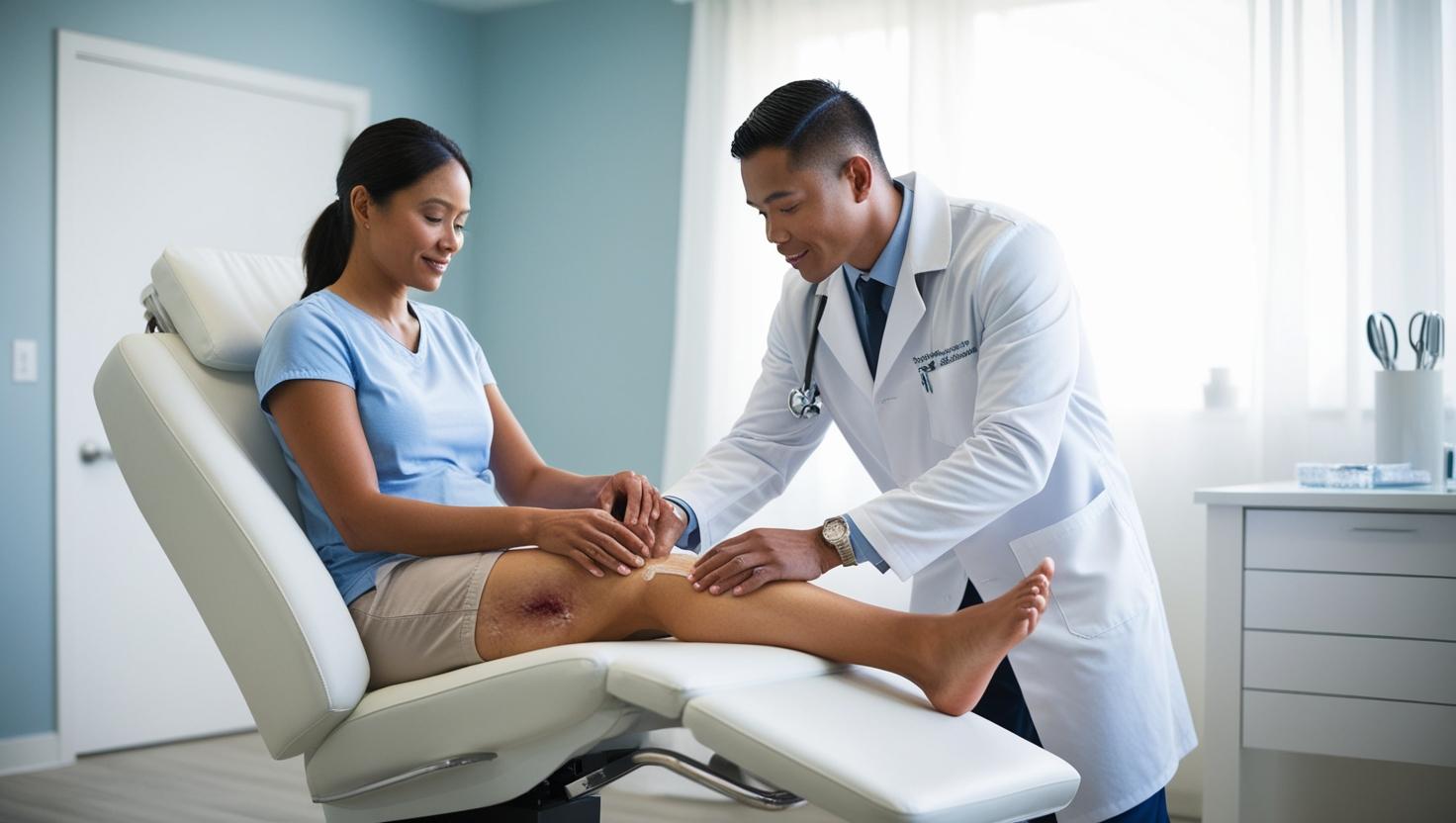
Signs Your Wound Needs Immediate Medical Attention
Dealing with a wound can be stressful, especially if you’re unsure whether it requires professional care. While many minor cuts and scrapes can heal on their own with basic first aid, some wounds might need immediate medical attention to prevent complications.
Knowing what to watch for can help you act quickly and avoid potential risks like infections or long-term damage. In this blog, we’ll go over key signs to look out for so you can feel confident about taking the right steps for your health and safety.
Key Takeaways
- Not all wounds can be treated at home—some require urgent medical care to avoid complications.
- Chronic or non-healing wounds often indicate underlying health conditions and need professional evaluation.
- Prompt recognition of infection symptoms can prevent serious health risks like sepsis or tissue damage.
Understanding Wound Care
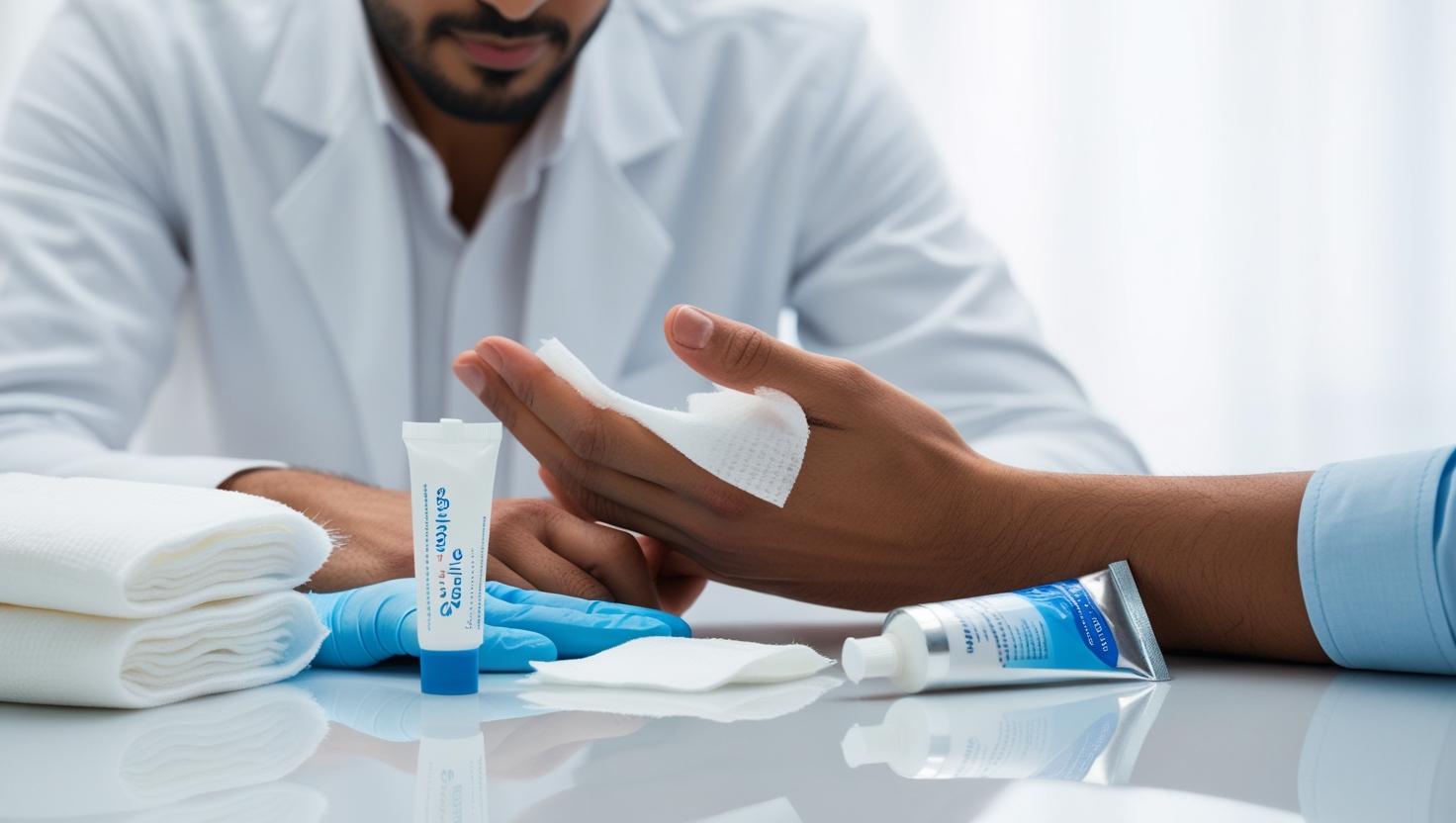
Wounds, whether small scrapes or deeper injuries, require attention to heal properly. While many minor wounds can be treated at home, there are certain injuries that demand immediate medical care to avoid complications like infections or chronic issues. Proper wound care not only speeds up healing but also minimizes the risks of scarring, bacterial infections, and long-term damage.
Wound healing is a complex biological process that involves multiple systems within the body. Factors such as nutrition, hydration, and even stress levels can influence how quickly a wound recovers. Ignoring proper care routines or failing to identify complications early can drastically alter the healing timeline. That’s why it’s critical to understand the signs that indicate whether a wound is progressing normally or becoming a more serious health concern.
For individuals dealing with chronic wounds or those unsure about their injury, seeking help from a dedicated wound care center, such as Trinity Wound Care, can offer advanced solutions and expert support. From negative pressure wound therapy to antimicrobial dressings, proper care can make all the difference. But how do you know when wounds need medical attention? Let’s explore the key signs.
Types of Serious Wounds

Some wounds require more than antiseptic cream and a bandage. Serious injuries, like deep cuts or complex wounds, often need medical intervention. Recognizing the severity early ensures you get the right treatment in time.
Deep Puncture Wounds
If you’ve had a sharp object, like a nail or knife, pierce your skin, it’s crucial to visit a doctor. These wounds often create an entryway for bacteria and are hard to clean thoroughly at home, increasing the risk of infection.
Tetanus, abscesses, or deep tissue infections can quickly develop from untreated puncture wounds. Early intervention can prevent these complications and reduce the risk of systemic infections.
Large or Deep Lacerations
Large wounds, especially those that keep bleeding or expose tissue, may require stitches, surgical intervention, or even skin grafts. These are not injuries to shrug off as they can lead to severe scarring or complications.
Failing to close or protect these wounds properly can result in delayed healing or permanent tissue damage. Always err on the side of caution when tissue layers are visible or blood loss is difficult to control.
Complex Wounds
Wounds caused by situations like severe burns, radiation treatments, or accidents may need specialized care. Some complex wounds demand advanced treatments, such as vascular surgery, to restore circulation to the affected areas.
These injuries often present with multiple challenges, such as tissue necrosis, nerve damage, or underlying infections. Immediate assessment by a specialist can help mitigate these risks and preserve function in the affected area.
Open Wounds with High Risk of Infection
Even seemingly less dramatic open wounds, like cuts and scrapes, can turn hazardous if improperly treated. Proper cleaning, dressing, and frequent monitoring can prevent these wounds from worsening.
Failing to protect these wounds may lead to cellulitis, abscesses, or systemic infections. Medical evaluation is essential when a wound looks inflamed, is painful to the touch, or fails to improve after a few days.
If you’re concerned about any of these types of wounds, consult a medical professional immediately, as neglecting them can have lasting consequences.
Chronic and Non-Healing Wounds

Are you dealing with a wound that refuses to heal no matter how much care you give it? Chronic wounds, such as diabetic foot ulcers, are a serious concern that needs immediate medical attention.
These types of wounds are more than just inconvenient—they’re often indicative of more significant health problems. Chronic wounds can persist for weeks, months, or even years without proper treatment. Left unaddressed, they can severely impact your quality of life.
What Causes Non-Healing Wounds?
Non-healing wounds are often caused by poor circulation, infections, or underlying health problems like diabetes or vascular disease. These conditions hinder the natural healing process, making it nearly impossible for the tissue to repair itself fully.
Other risk factors include smoking, immobility, and immune system disorders. Identifying the root cause is key to creating an effective treatment plan and ensuring long-term recovery.
Why Prompt Attention Matters
Advanced care, such as specialized wound dressings or therapies like negative pressure wound treatment, can significantly speed up recovery. Visiting wound care centers like Trinity Wound Care can help patients access tailored solutions that work for their unique circumstances. Remember, chronic wounds left unchecked may lead to severe complications, such as amputation.
Getting timely professional input not only addresses the wound but also uncovers underlying conditions that might be hindering recovery. Early action saves time, money, and pain down the road.
Signs of Infection You Should Never Ignore
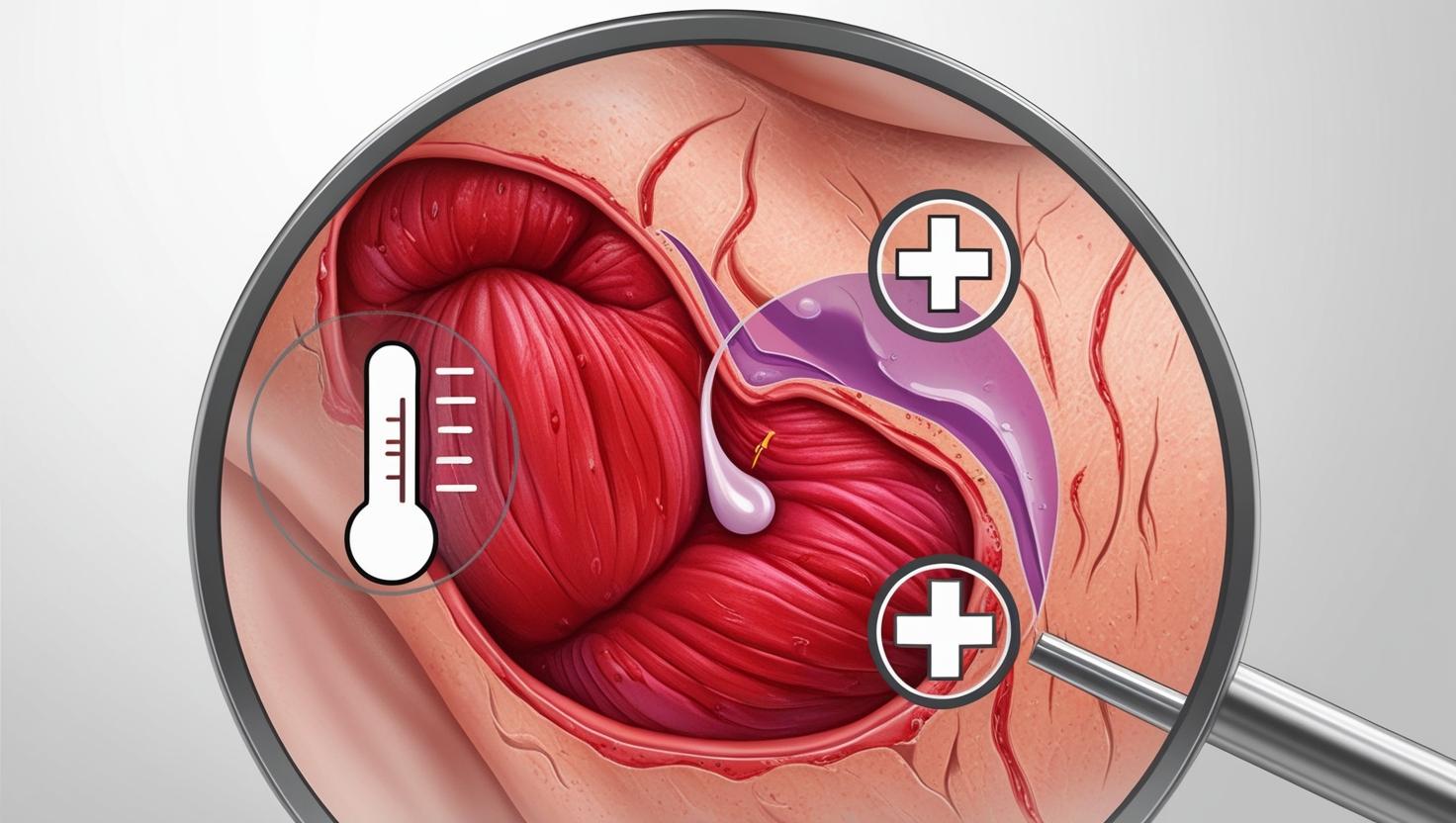
Spotting the early signs of infection is vital to keep a wound from becoming worse. Below are telltale signs that your wound might be infected and needs immediate medical attention:
Key Symptoms to Watch
- Redness and Swelling: Persistent redness and swelling around the wound could indicate that your body is combating an infection.
- Increasing Pain: While some soreness is normal, worsening pain is often a red flag that the wound is not healing properly.
- Unusual Discharge: Yellow, green, or foul-smelling discharge is a common indicator of bacterial infection.
- Bleeding or Fever: If your wound keeps bleeding or you develop a fever, don’t wait. These symptoms signal a deeper issue needing urgent attention.
- Swelling in Nearby Areas: Experiencing swelling in areas like your lymph nodes? That could be your body’s immune system signaling an issue.
If left untreated, infections can spread quickly and may enter the bloodstream, causing sepsis—a life-threatening condition. Seeking immediate help can stop the infection from escalating and preserve your health.
Cleaning and Caring for Wounds Properly
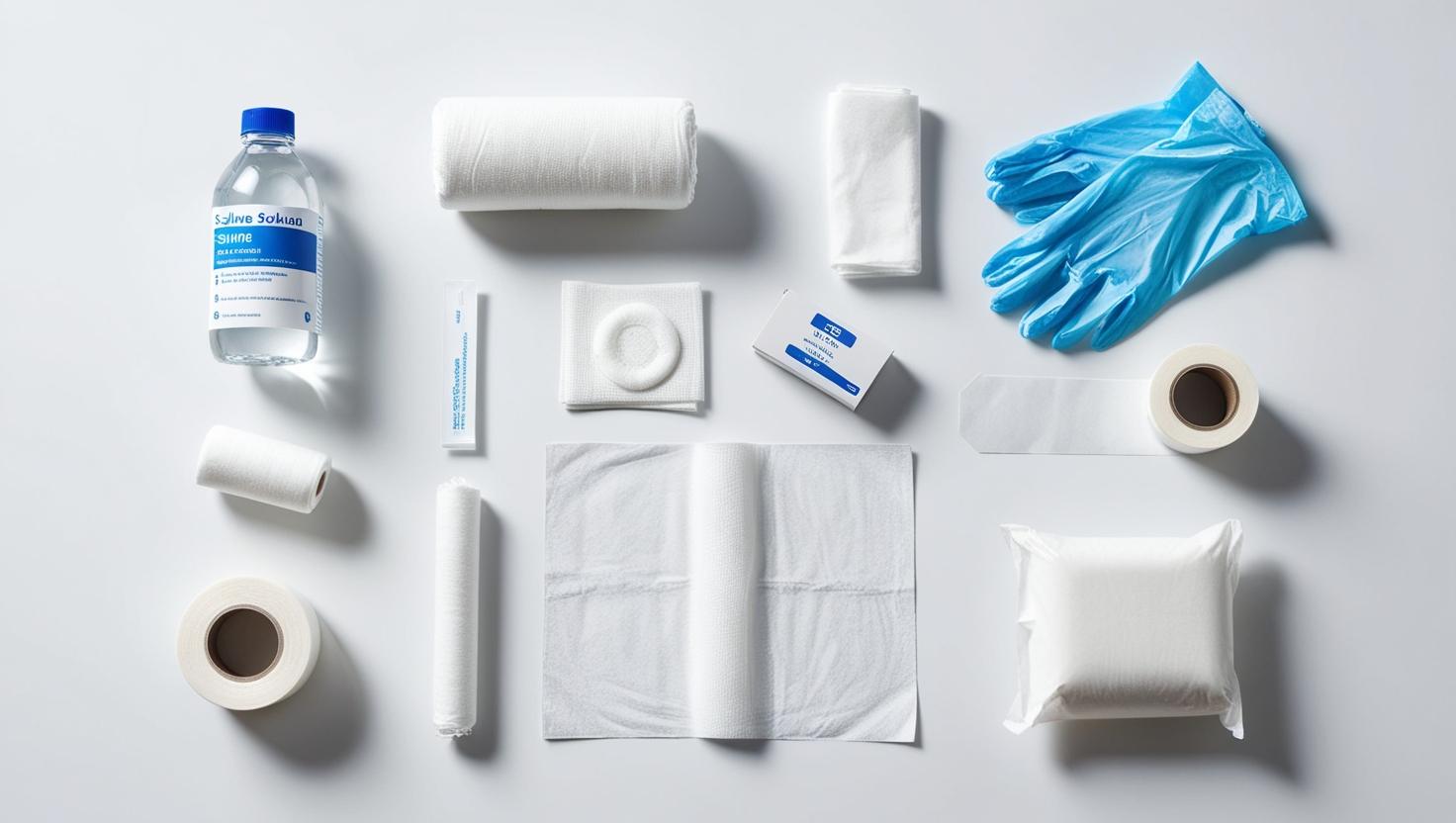
While some injuries need immediate professional care, the way you manage more minor wounds at home can make a significant difference in how they heal.
Basic first aid practices can prevent infection and promote faster healing, but only if done correctly. The following steps outline the essentials of effective wound care.
Steps to Clean Your Wound
- Gentle Cleaning
Avoid harsh antiseptics like hydrogen peroxide as they may damage tissue. A simple saline solution is your best friend for safely cleaning wounds. - Moisture is Crucial
A wound heals faster in a moist environment. Use appropriate dressings to retain moisture and protect the area from outside contaminants. - Regular Dressing Changes
Ensure your dressing is changed regularly based on your healthcare provider’s advice. You’ll want to monitor for any signs of infection during these changes too. - Materials to Secure Your Dressing
Thin layers of dressings taped down with materials like paper tape can help maintain a sterile environment while being gentle on your skin. Ensure your dressing adequately covers the affected area without being too tight.
Keeping the wound clean and protected at all times reduces your risk of complications and ensures a better outcome. If the wound doesn’t show improvement within a few days, it’s time to seek help.
Don’t Wait – Prioritize Healing Today
Understanding when a wound needs immediate attention is essential to avoid long-term damage. Factors like infection, chronic wounds, or complex injuries call for prompt care from professionals who specialize in wound management. Services like Trinity Wound Care provide the expertise and technology to assist in healing, improving outcomes, and ensuring you’re on the path to recovery.
Delaying care can lead to irreversible damage or extended recovery times. It’s always better to act early and be safe than to risk complications that could have been prevented.
Contact Trinity Wound Care for Expert Support

If you or a loved one is struggling with a stubborn or complex wound, don’t wait for things to get worse. Trinity Wound Care offers mobile, specialized wound care services in Las Vegas, NV, delivered directly to your home. Their team provides advanced therapies and personalized treatment plans to ensure effective healing. Reach out today and take the first step toward faster, safer recovery.
